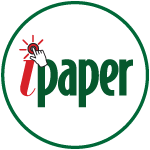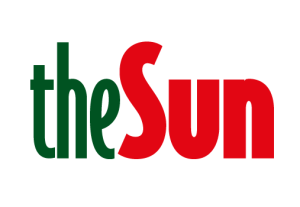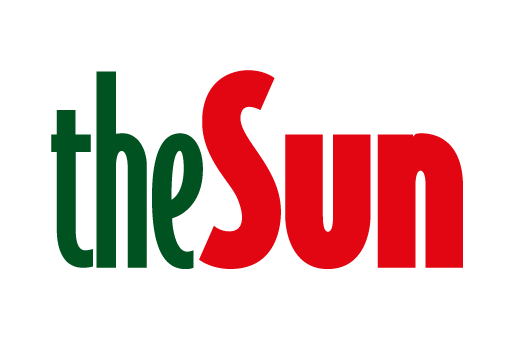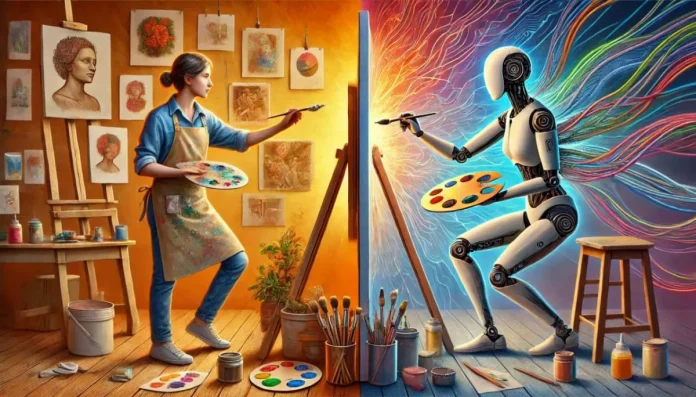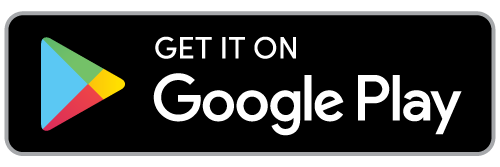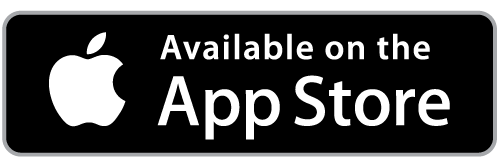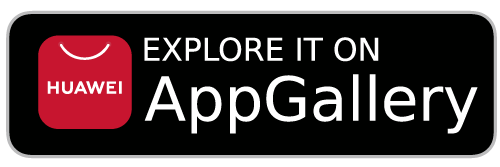ENDLESSLY adaptable and sometimes controversial, artificial intelligence (AI) is undeniably reshaping the world of art.
What began as simple text-to-image tools is now an entire movement, raising questions about creativity, originality and ownership.
For some, AI art represents liberation. For others, it threatens to erode centuries of artistic tradition.
Rise of AI art
According to Adobe, AI-generated art is created using text prompts that feed into generative AI models. These systems, trained on massive datasets of images and languages, can produce entirely new visuals within seconds.
A user might type in “a tiger on a bicycle in Van Gogh style” and the system instantly generates images based on that command.
Supporters argue this makes art more accessible especially for those without formal training. Critics worry it reduces creativity to a string of keywords, wholefully bypassing the painstaking skill and emotional depth associated with art-making.
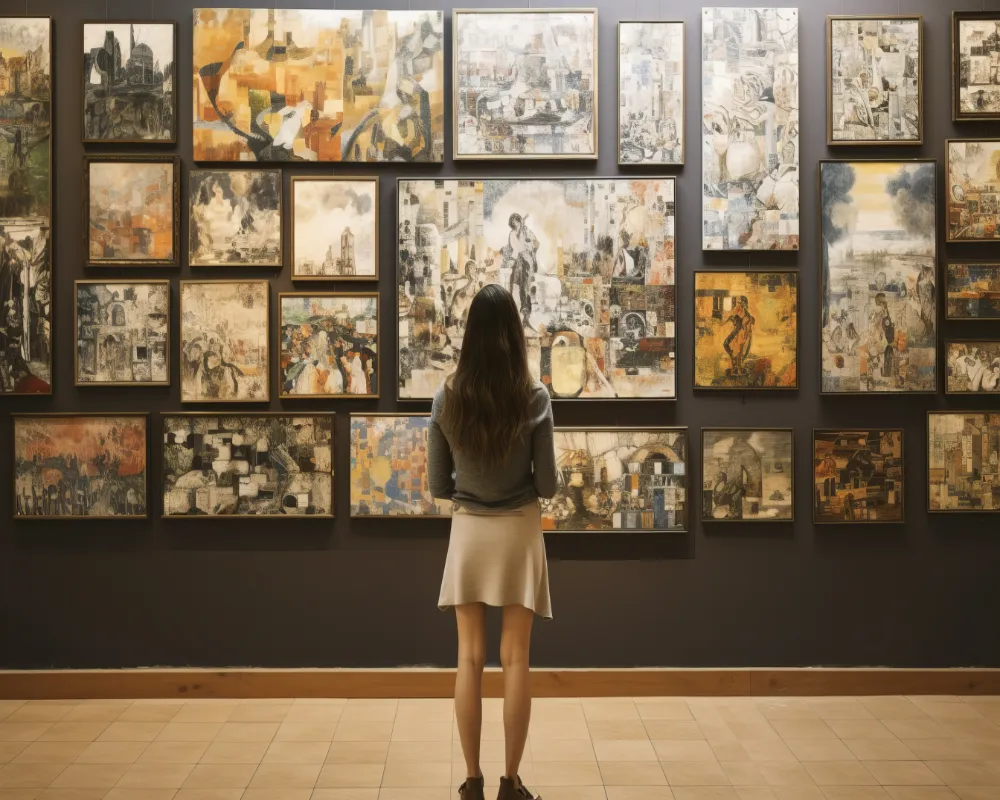
New wave of creators
Akmal Aliff or better known on TikTok as manusia.separa.ia, is one of Malaysia’s AI artists raking in thousands of views daily on his social media account.
He believes much of the backlash stems from misunderstanding. “The biggest misconception is the assumption that AI creates autonomously,” he told theSun.
“People think the machine makes art on its own, but that is not true. AI is a tool. The success of the output depends on human vision and skill. To get high-quality work, you need intensive, repeated interaction between human and machine,” he added.
Akmal admits he has faced criticism for choosing to use AI in his work. “There is always criticism, especially about ethics or the loss of traditional skills,” he said.
“But I see AI as an evolution of tools. When digital cameras emerged, photographers also faced similar doubts. I am not abandoning manual skills, I am using technology to speed up execution and focus on concept,” he added.
For him, originality is not about whether a hand drew the image but whether the vision is unique. “All artists learn from the works before them. AI does the same statistically. The originality comes from the human prompt, the decisions we make and the concept behind it,” he explained.
Akmal, who has been producing AI content across his social media, sees AI art as his own. “I provide the creative input, I direct the process. So the final artwork belongs to me,” he said, citing how most platforms also recognise the prompter as the copyright holder.
Looking ahead, Akmal predicts AI art will move beyond text prompts. “In five years, we may see brain-computer interfaces where artists only need to imagine something and neural signals will translate it into output. Companies like Neuralink and Emotiv are already exploring this,” he said.
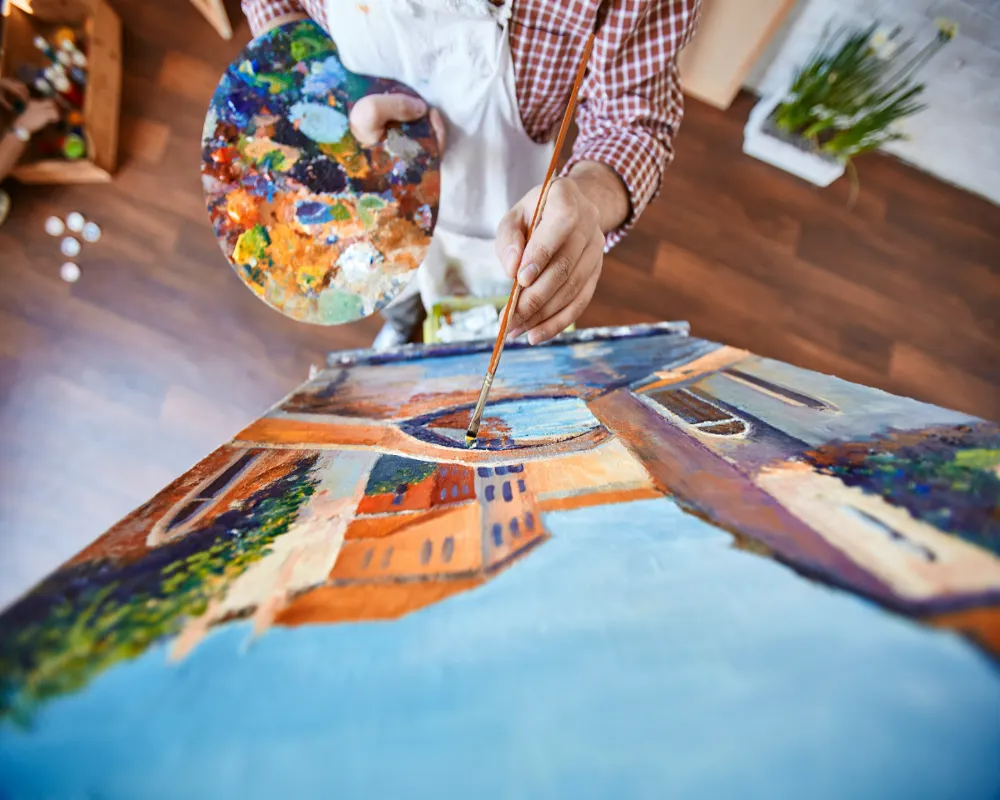
Insights from a non-AI artist
Not every artist shares his optimism. Liyana Rizal, a graphic artist or better known on TikTok as arts_and_liyana, said it is almost impossible to escape AI in the creative industry which has undoubtedly left a negative impact in the workplace.
“The rise of AI has made people expect that true art can be rushed since the preexisting perception that ‘art is easy’ is now supported by the fact that AI can produce an image within seconds,” she told theSun.
Liyana shared her concerns about AI mass producing stolen artworks. “When you ask AI to generate images, the initial idea might seem like it came from you but the process of refining, tuning and rendering to make it visually appealing is done by scanning and copying from 1000 artworks uploaded online by other artists,” she said.
Liyana firmly believes that relying fully on AI does not measure to the same extensive hard work that artists go through and therefore, AI creators should not simply be labeled as “artists”.
“We have to do research, learn about the brand, prepare art in a flexible format, present the idea in a mockup and etceteras. The process takes time and it had to be done before we even start on the final piece,” she said.
Despite all the hard work, Liyana believe that creative jobs are threatened by AI because employers are looking to cut corners. “The creative field industry is already competitive as it is and now we have to compete with AI too,” she said.
She symphatises for the future generation of aspiring artists as AI art become more powerful and widely used.
“They will be forced to live in a fast-paced life. They won’t experience the joy of learning slowly or the privilege to fail and try again because everything can be outdone by soulless AI,” she said.
Heart of creativity
Beyond ownership, the debate cuts deeper, what does creativity mean?
Critics like Esther Edet argue that a culture obsessed with virality and profit risks using AI merely as a shortcut where quantity is valued over quality and money over meaning.
For non-AI artists, creativity is inseparable from process. Each sketch, correction and imperfection forms part of the story of the artwork. The act of labour, patience and emotional investment carries meaning.
Akmal sees it differently. “AI does not kill art,” he said.
“It shifts where the value lies. Before, the value was in manual skill. Now, it is in concept and direction. Works produced with simple prompts lose value. Premium value is in unique ideas and strong vision,” he added.
Future in flux
Both sides agree on one thing, AI is here and its influence will only grow as technology advances and more people experiment with it. The challenge lies in finding balance.
Supporters envision AI as democratising art and opening doors for those who lack resources or training while critics caution that the human element must not be undervalued.
Will AI push humans to think bigger or will it discourage traditional skill-building?
Will it inspire new forms of self-expression or dilute the meaning of art altogether? For now, the debate continues.
Whether AI is killing creativity or redefining it may depend less on the tool itself and more on the hands and minds that wield it.
